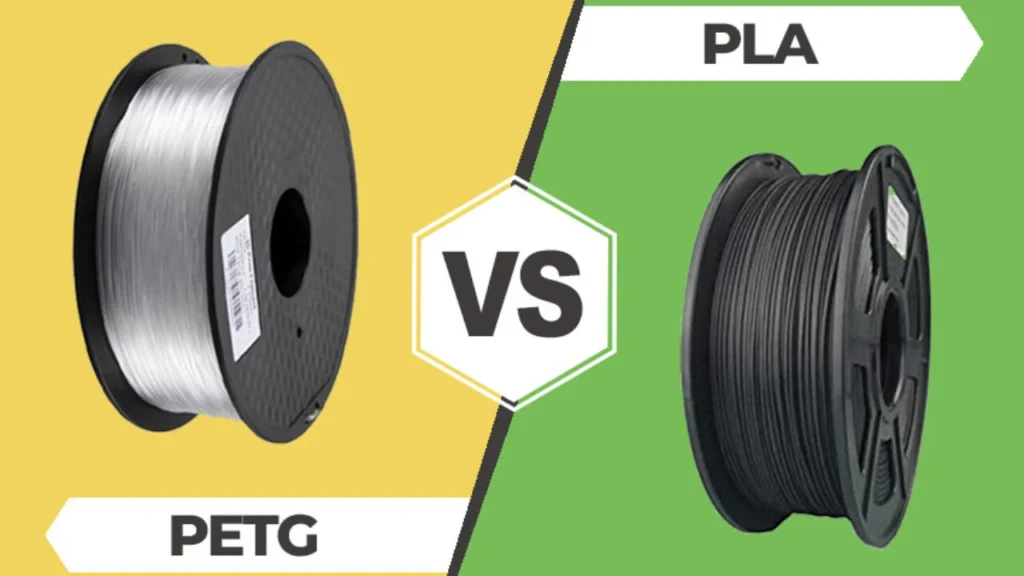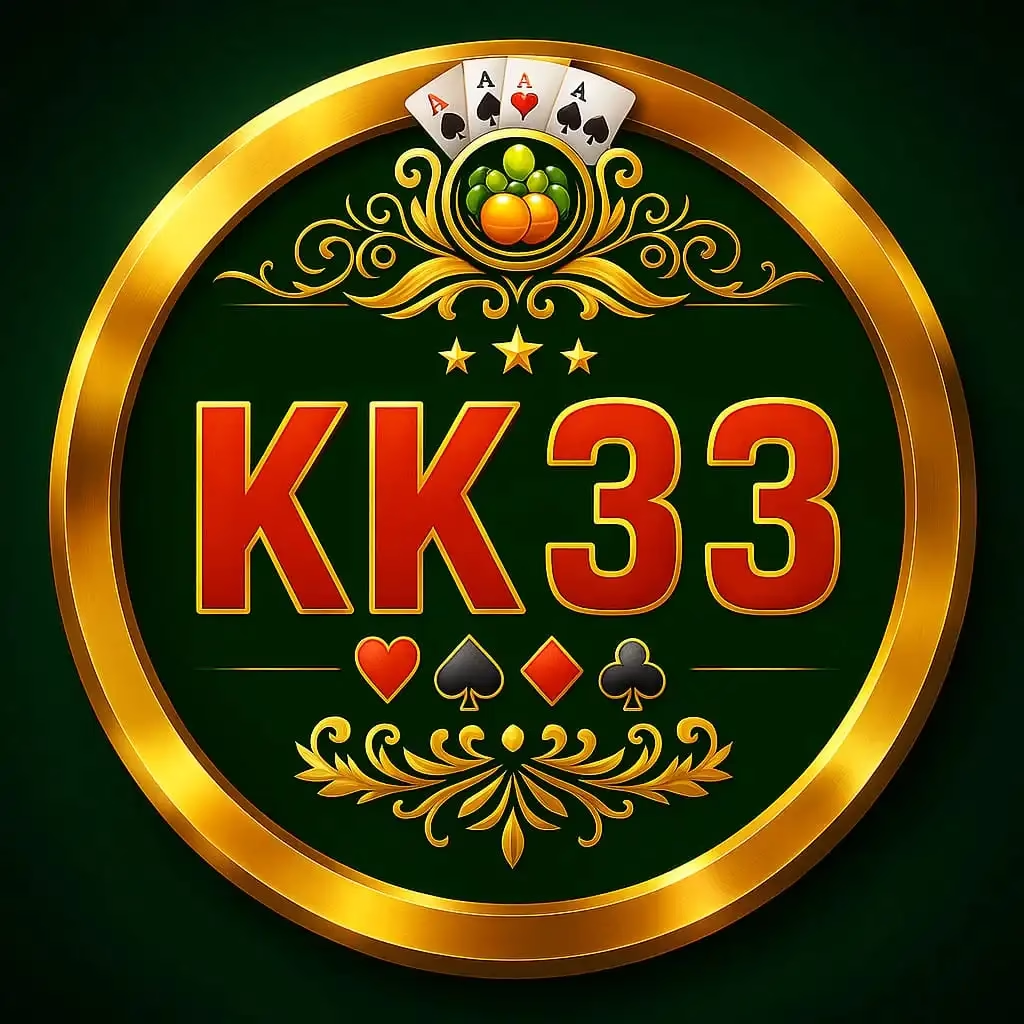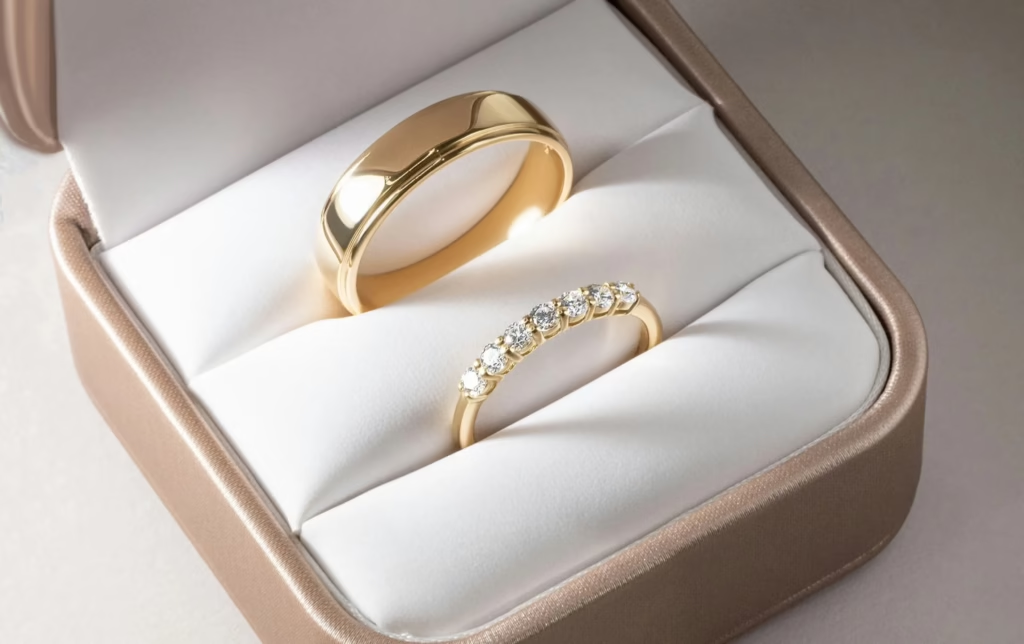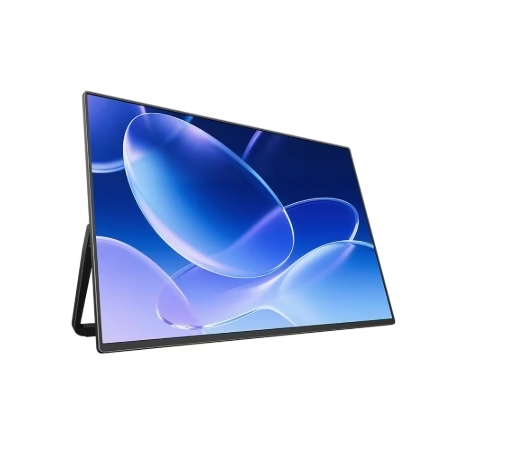When it comes to 3D printing, choosing the right filament is crucial for achieving the desired balance of strength, flexibility, and durability in your projects. Two of the most popular materials in the market are PETG and PLA. Understanding the differences between these filaments can help you make an informed decision tailored to your needs.
PETG vs. PLA: Key Differences
PLA (Polylactic Acid) is known for its ease of use and environmental friendliness. Derived from renewable resources like cornstarch, PLA is biodegradable and emits minimal odor during printing. This makes it a favorite among beginners and those working on projects that don’t require extreme durability.
PETG (Polyethylene Terephthalate Glycol), on the other hand, combines the best of PLA and ABS (another popular filament). PETG is stronger, more flexible, and resistant to moisture and chemicals, making it suitable for functional and industrial applications.
How Much Stronger is PETG than PLA?
One of the most common questions among 3D printing enthusiasts is: how much stronger is PETG than PLA? PETG is significantly stronger than PLA, offering greater impact resistance and flexibility. While PLA is brittle and prone to cracking under stress, PETG can handle higher mechanical loads, making it ideal for parts that require durability and longevity.
For example, PETG is often used for:
- Mechanical components
- Outdoor fixtures
- Containers and protective casings
Meanwhile, PLA excels in applications like:
- Prototyping
- Decorative items
- Educational projects
If strength and durability are your priorities, PETG is the clear winner.
Choosing the Right Filament for Your Project
The choice between PETG and PLA ultimately depends on your project’s requirements:
- Ease of Use: PLA is easier to print with, requiring lower temperatures and no heated bed.
- Strength and Durability: PETG outperforms PLA in mechanical strength and resistance.
- Environmental Impact: PLA is biodegradable, making it the more eco-friendly option.
- Cost: PLA is generally more affordable, making it a good choice for budget-conscious projects.
If you want a deeper dive into the differences between these filaments, check out our detailed blog post on how much stronger is PETG than PLA.
Final Thoughts
Understanding the unique properties of PETG and PLA is key to maximizing the potential of your 3D printing projects. Whether you prioritize ease of use, strength, or environmental impact, there’s a filament that suits your needs. By weighing the pros and cons of each material, you can achieve optimal results and ensure your creations stand the test of time.






